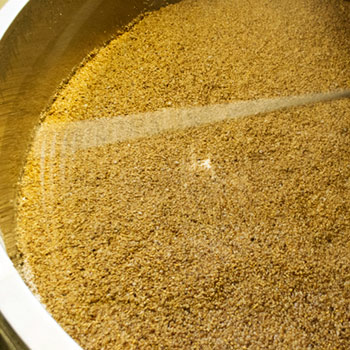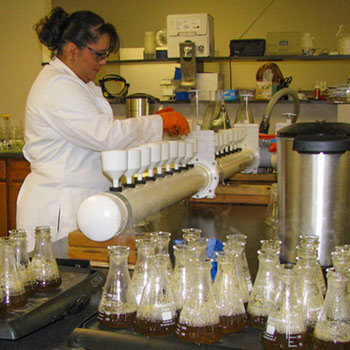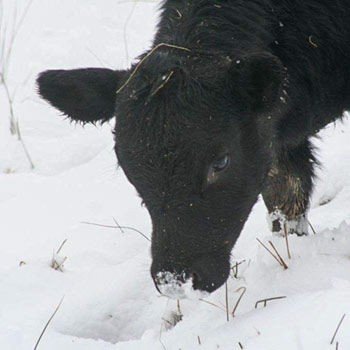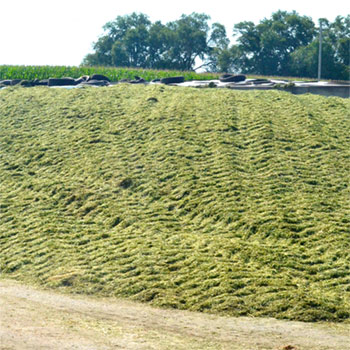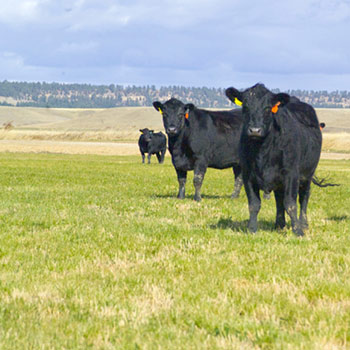
Investigating the Causes of Respiratory Disease
Time to go back to the scene of the crime and explore a series of questions.
“When producers are struggling with bovine respiratory disease (BRD), one of the first questions I get asked is, ‘Hey, Doc, what new antibiotic is working these days?’” says Daniel Cummings, veterinarian with Boehringer Ingelheim. “While antibiotics are important, they are just one part of the big picture.”
Oliver Irons, consulting practitioner based in West Virginia, agrees. “Controlling BRD involves a multifaceted approach,” he explains. “Many factors can contribute to its development and progression. We need to look at management decisions, and how we handle those calves prior to stress periods.”
“Addressing BRD on an operation is like an investigation,” adds Cummings. “We need to go back to the scene of the crime, and work with our veterinarians to review the answers to several key questions.”
- 1. What’s the source of those cattle? “It’s important to know the history of animals, including previous vaccinations and disease incidence, before they come on to your operation,” says Irons.
- 2. Are they being handled properly? Stress is known to suppress the immune system, resulting in a greater incidence and severity of respiratory disease.1 Proper cattle handling is a key aspect of managing stress.
- 3. Are we providing adequate nutrition? A solid nutrition program that includes adequate protein, energy, trace minerals and plenty of water will help an animal’s immune system work properly and fight disease.
- 4. Is there a respiratory vaccine program in place? “If I could get all producers to implement one change to fight BRD, it would be including a modified-live, five-way vaccine,” says Irons. “If we can get that vaccine implemented consistently at the cow-calf stage, that’s five fewer viruses we have to worry about in an outbreak of BRD.”
- 5. Are we running diagnostics? Finding the specific cause of BRD can ensure we’re implementing the correct vaccination and treatment protocols. Diagnostics could include conducting a necropsy or performing a deep nasopharyngeal swab on live calves with the guidance of a veterinarian.
- 6. Is metaphylaxis treatment being practiced appropriately? “If you’re using metaphylaxis, it’s important to get the timing right and find a broad-spectrum antibiotic that works quickly and has a long duration of activity,” stresses Cummings. “Your veterinarian is your best resource for antibiotic recommendations to control BRD on arrival.”
- 7. Are we testing incoming calves and pregnant animals for bovine viral diarrhea virus (BVDV)? BVDV causes immunosuppression and increases the risk of BRD.2 When purchasing animals, there’s a chance that they are persistently infected (PI) with BVDV. “A PI animal is similar to a Typhoid Mary; they appear normal and healthy, but they’re actually shedding BVDV onto the rest of the group,” explains Cummings. “That’s why testing and removing those animals is an imperative biosecurity measure to control BVDV.”
- 8. Is that animal parasite-free, or is there a heavy parasite burden? Clinical or subclinical parasitism decreases the animal’s ability to fight BRD and may negatively affect response to vaccination by competing with the immune system for protein and energy.
Despite all that we do to keep animals healthy, sometimes antibiotic treatment for BRD is necessary. When treating animals, Irons and Cummings agree that it’s important to ensure antibiotics are used thoughtfully:
- Treat according to the label. This includes using the correct route of administration and an accurate dose based on the animal’s weight.
- Recognize the signs of BRD early, and administer a fast-acting antibiotic to minimize lung damage and other long-lasting effects on performance.
“The question of ‘What’s working for BRD, Doc?’ is a great question,” confirms Irons, “but the answer will never be as simple as using this or that product.”
“Every herd is different, so remember to consult a veterinarian to develop the most effective BRD prevention, diagnostic and treatment protocols for your operation,” concludes Cummings.
Editor’s note: This article is from broadhead on behalf of Boehringer Ingelheim.
- 1 Hodgson PD, Aich P, Manuja A, et al. Effect of stress on viral-bacterial synergy in bovine respiratory disease: novel mechanisms to regulate inflammation. 2005. Comp Funct Genomics 6(4):244–250.
- 2 Booker CW, Abutarbush SM, Morley PS, et al. The effect of bovine viral diarrhea virus infections on health and performance of feedlot cattle. Can Vet J 2008;49(3):253–260.

